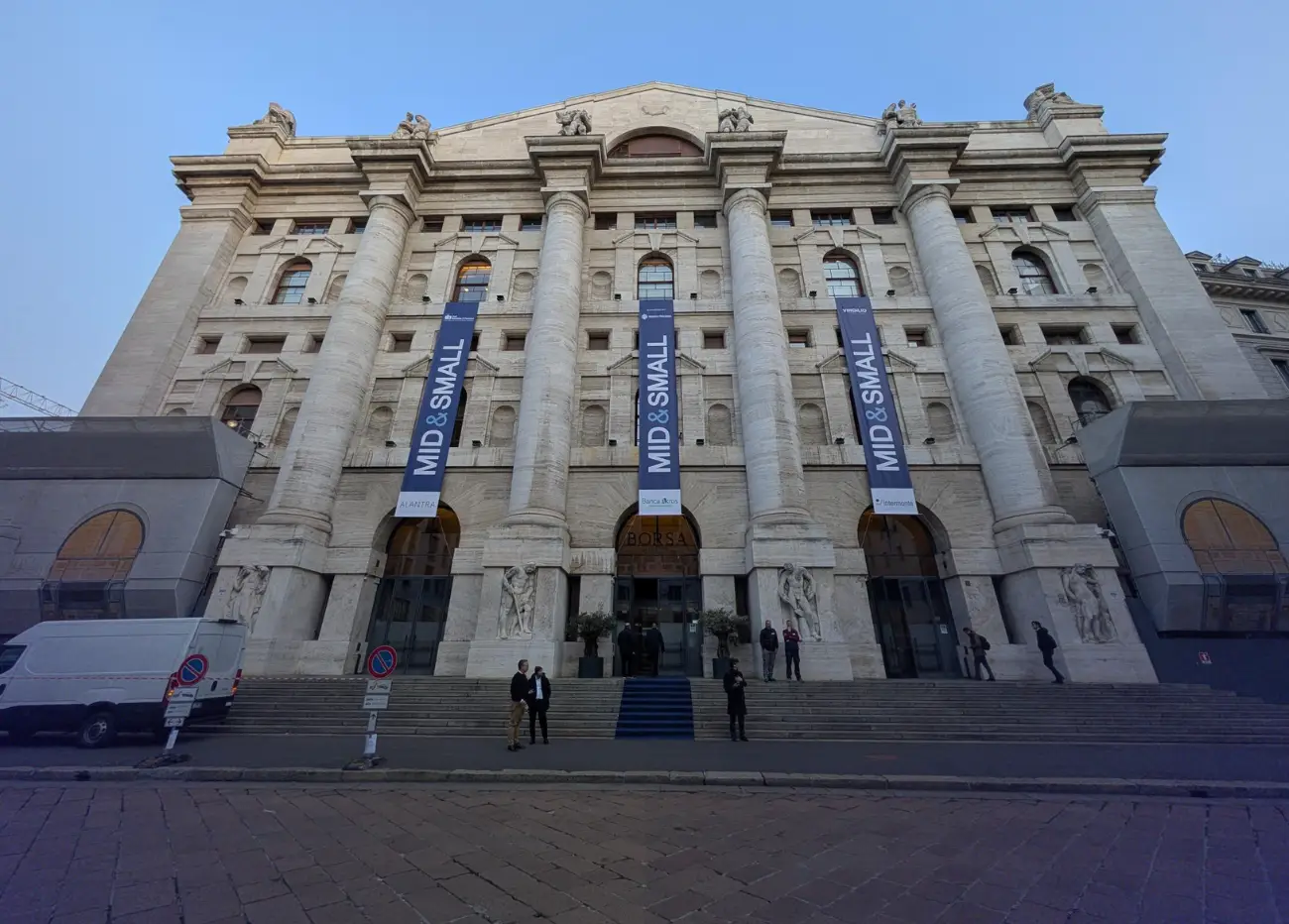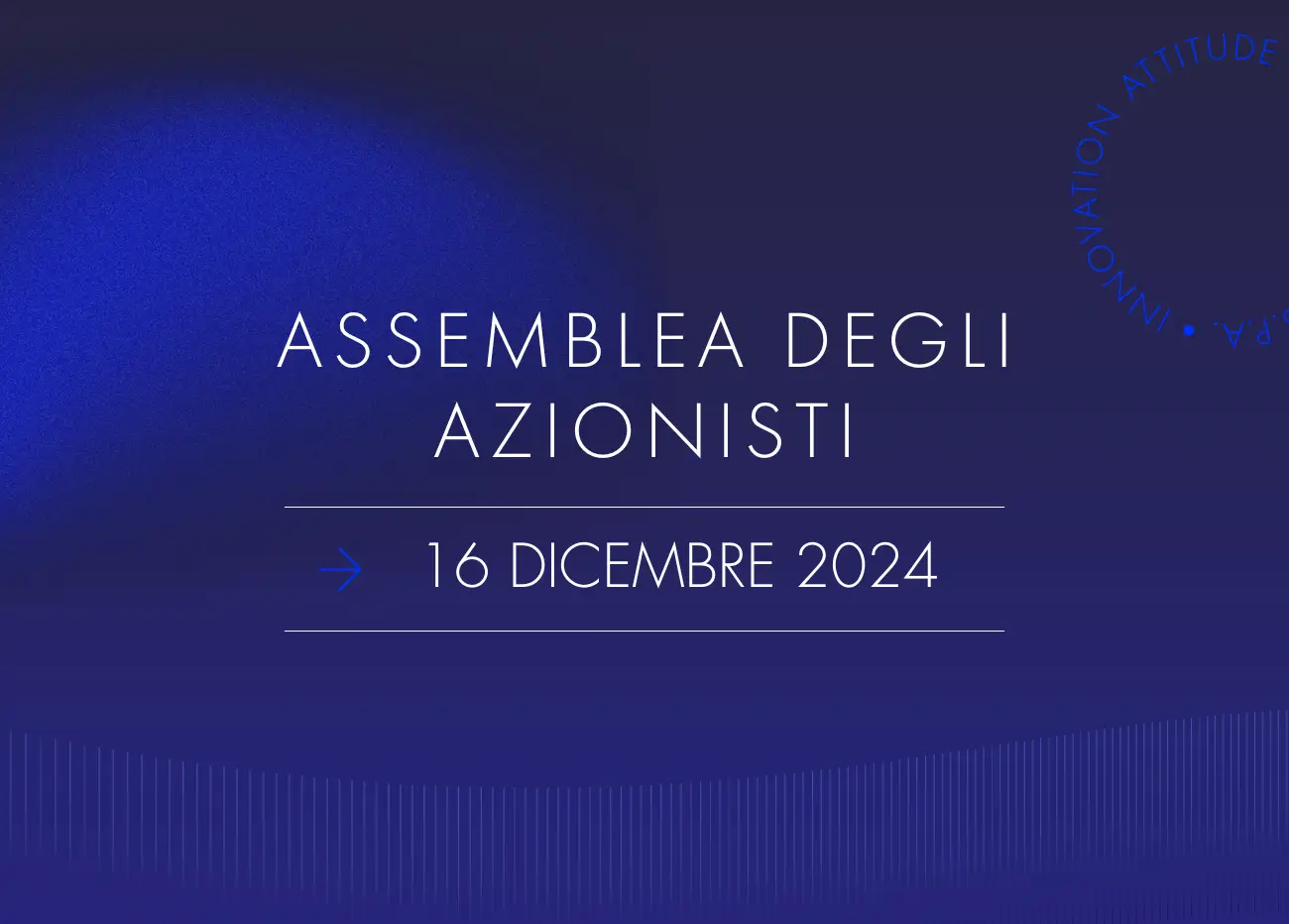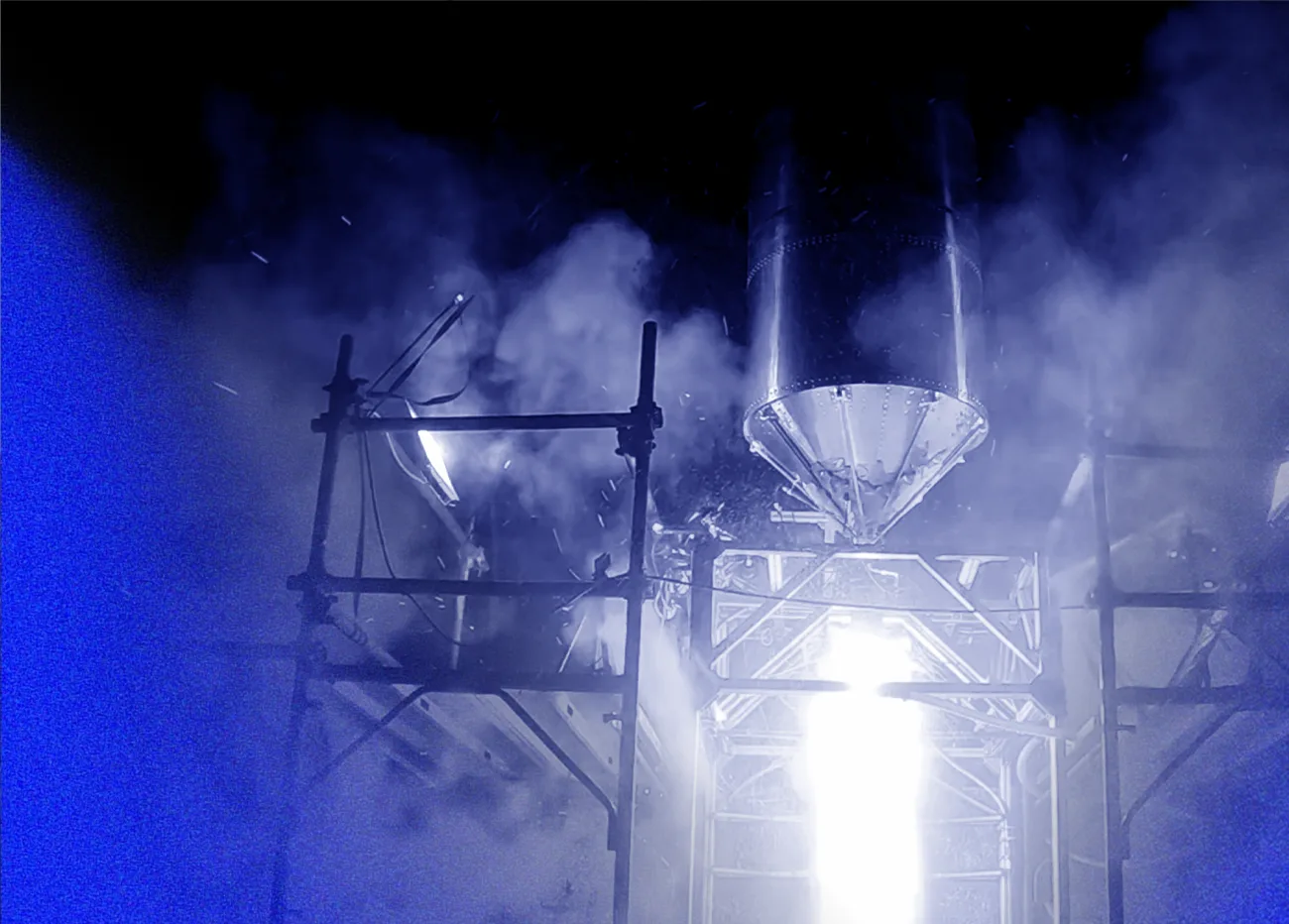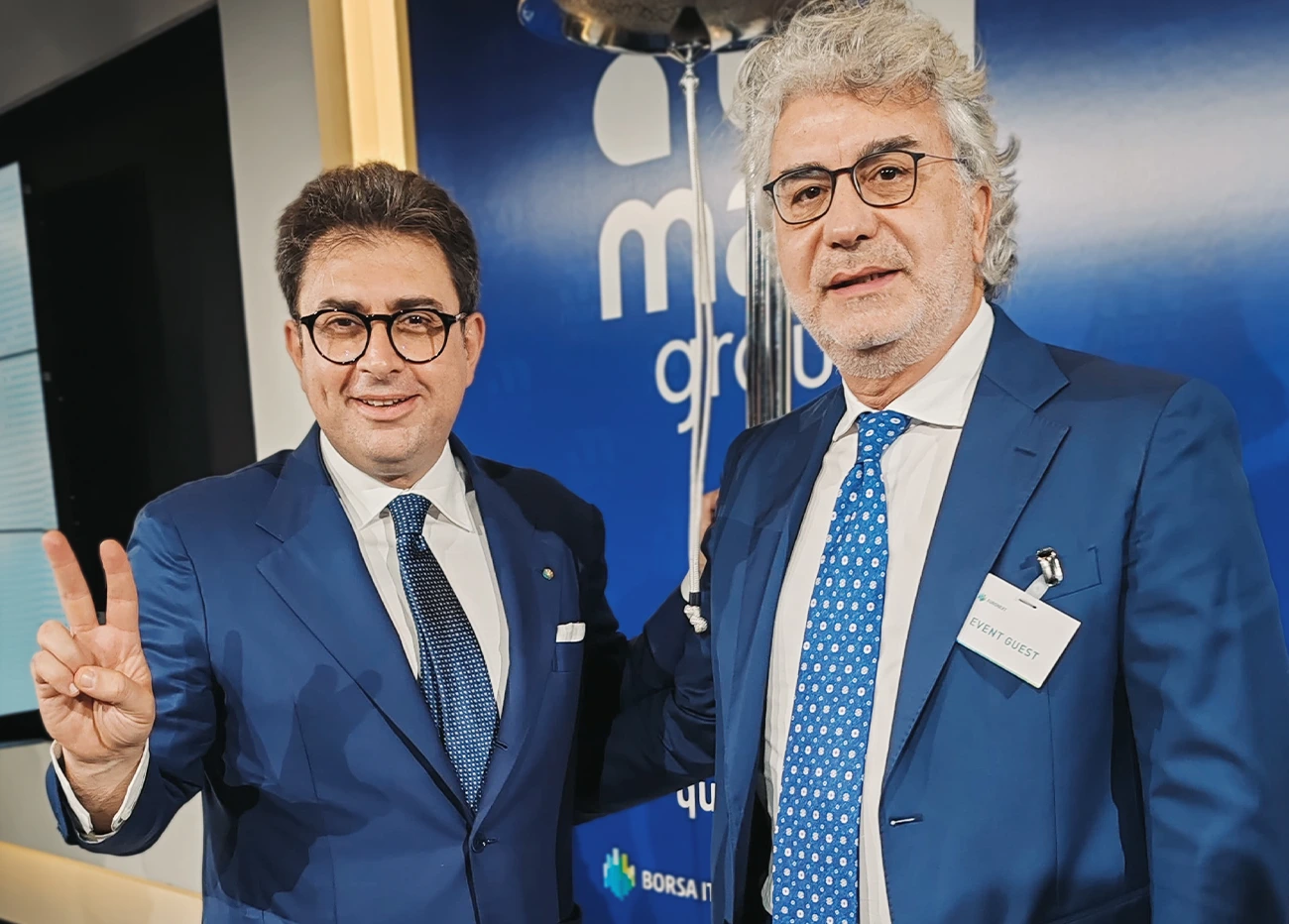
Tecnologie Abilitanti: dall’innovazione dei grandi alla flessibilità delle PMI

Tecnologia e cultura si fondono: XR, ologrammi e VR per vivere il patrimonio come mai prima d’ora.

Ingegneria digitale: esperienza dall’automotive all’aerospazio, dall’energia al ferroviario.

Intelligenza Artificiale: ridurre gli scarti e migliorare la qualità.
Applied Engineering
Applied Engineering
Progettazione e ottimizzazione avanzata di prodotti, processi e infrastrutture con l'impiego di tecnologie abilitanti per potenziare l'innovazione nei settori della manifattura, dei trasporti, dell'aerospazio, dell'automotive e della difesa.
Scopri di più
Digital Services
Digital Services
Servizi digitali e sviluppo su ampia scala che comprendono prodotti, soluzioni cloud e digitalizzazione per aziende e processi di ogni dimensione, con l’obiettivo di potenziare le imprese e sostenere la loro competitività.
Scopri di più
Technology Platforms
Technology Platforms
Sviluppo o acquisizione di tecnologie proprietarie come base per nuovi prodotti e per l'evoluzione della piattaforma.
Scopri di più
Applied Engineering
Applied Engineering
Progettazione e ottimizzazione avanzata di prodotti, processi e infrastrutture con l'impiego di tecnologie abilitanti per potenziare l'innovazione nei settori della manifattura, dei trasporti, dell'aerospazio, dell'automotive e della difesa.
Scopri di più
Digital Services
Digital Services
Servizi digitali e sviluppo su ampia scala che comprendono prodotti, soluzioni cloud e digitalizzazione per aziende e processi di ogni dimensione, con l’obiettivo di potenziare le imprese e sostenere la loro competitività.
Scopri di più
Technology Platforms
Technology Platforms
Sviluppo o acquisizione di tecnologie proprietarie come base per nuovi prodotti e per l'evoluzione della piattaforma.
Scopri di più
Automotive
Focus su prodotto, processo e logistica per creare processi operativi sempre più competitivi all'interno dell'industria automobilistica.
Aerospace
Un ecosistema di idee e servizi tecnologicamente avanzati volti a soddisfare le specifiche esigenze del settore aerospaziale.
Manufacturing
Sviluppo e verifica di soluzioni innovative finalizzate al continuo miglioramento delle soluzioni di trasporto attualmente disponibili.
Railway
Supportiamo l'integrazione tra prodotti, processi e servizi per sistemi di automazione industriale altamente efficienti.
Clienti














Il Gruppo
Mare Group è un’eccellenza dell’ingegneria digitale specializzata nel trasferimento di tecnologie abilitanti dall’innovazione di frontiera con le grandi imprese industriali a prodotti flessibili ed accessibile per le PMI.
R&D
R&D è la forza propulsiva del Gruppo che trasforma, con partner di spicco del panorama industriale ed accademico, idee innovative in tecnologie di punta, servizi e prodotti che definiscono nuovi standard di eccellenza.
News
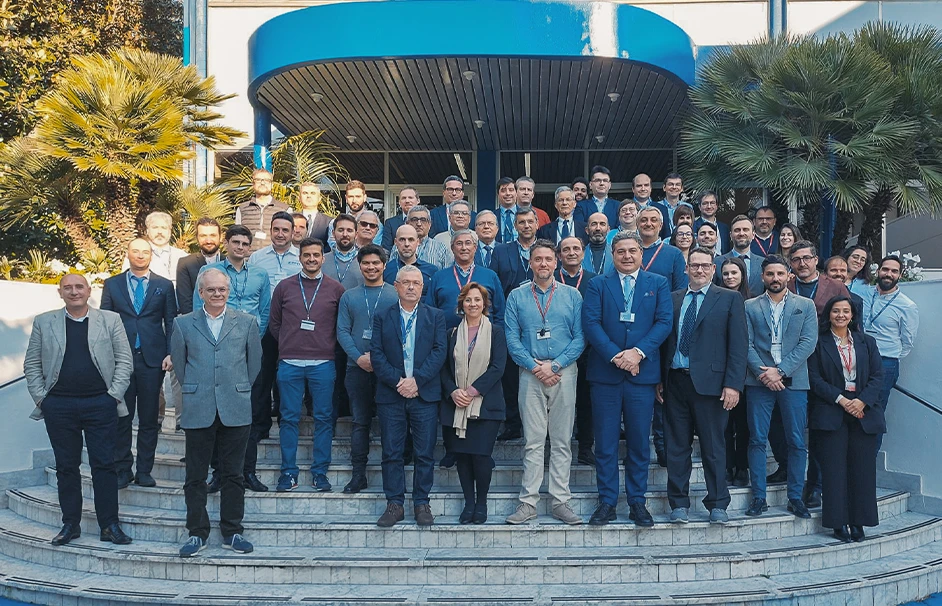
Herfuse
Il progetto rientra nell’ambito di Horizon Europe (nello specifico della Clean Aviation Joint Undertaking): l’obiettivo è la progettazione di fusoliera e impennaggi innovativi adatti al futuro aereo regionale ibrido-elettrico (HER), che contribuiranno all’obiettivo generale di riduzione di emissione dei gas serra (GHG). HERFUSE studierà le sfide relative al layout della fusoliera e degli impennaggi, ai materiali, ai componenti, alla produzione e all’assemblaggio derivanti dall’integrazione dei sistemi di fusoliera per un aereo regionale ibrido-elettrico.
Avvio del progetto
Validazione del progetto
Conclusione del progetto
Partner
Alcuni dei partner partecipanti al progetto:
Anno del progetto
Gennaio 2024 – Dicembre 2026
Anni d'esperienza
Fondata nel 2001
Ricavi consolidati
Bilancio 2023
Clienti
Nazionali ed internazionali
Sedi operative
In Italia e all'estero
Investimenti R&D
Sul fatturato complessivo
Collaborazioni
Con Atenei e Centri di Ricerca
Rassegna Stampa
No posts were found for provided query parameters.
No posts were found for provided query parameters.
Leggi le altre notizie
No posts were found for provided query parameters.








